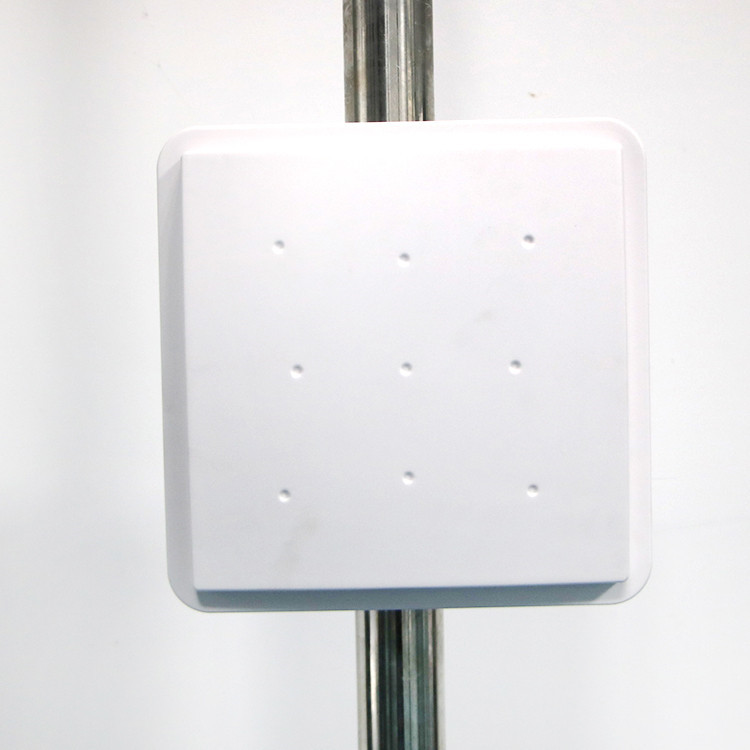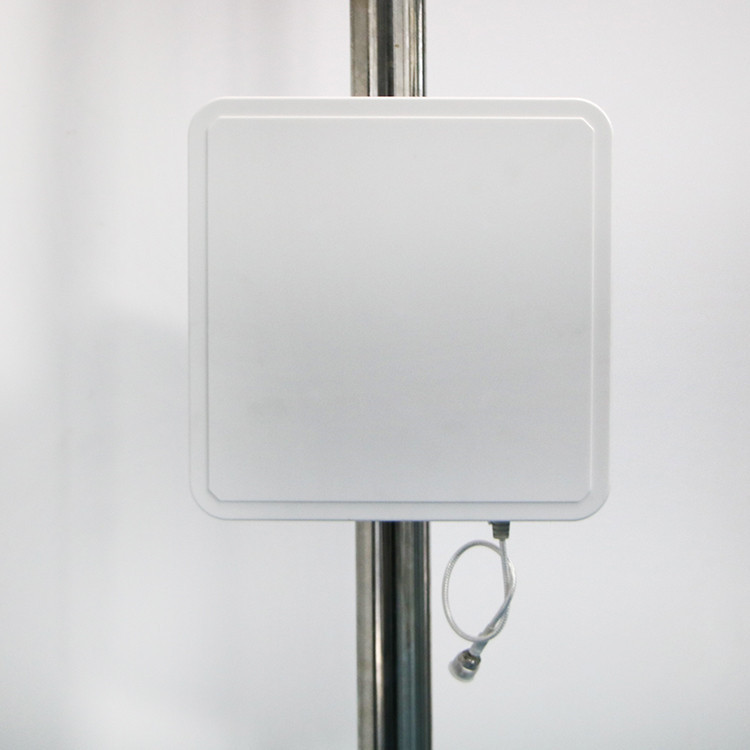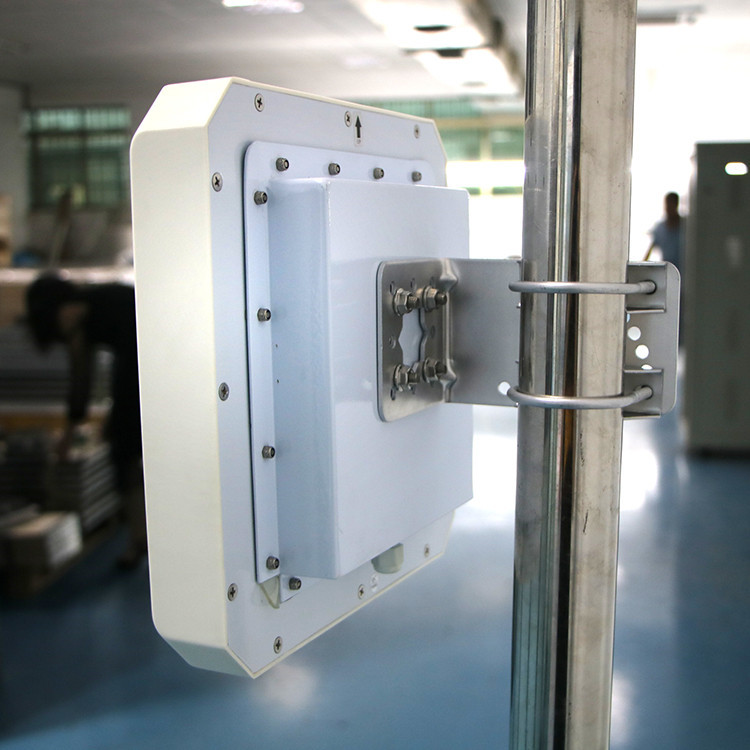RFID Inventory Management System
RFID Inventory Management System
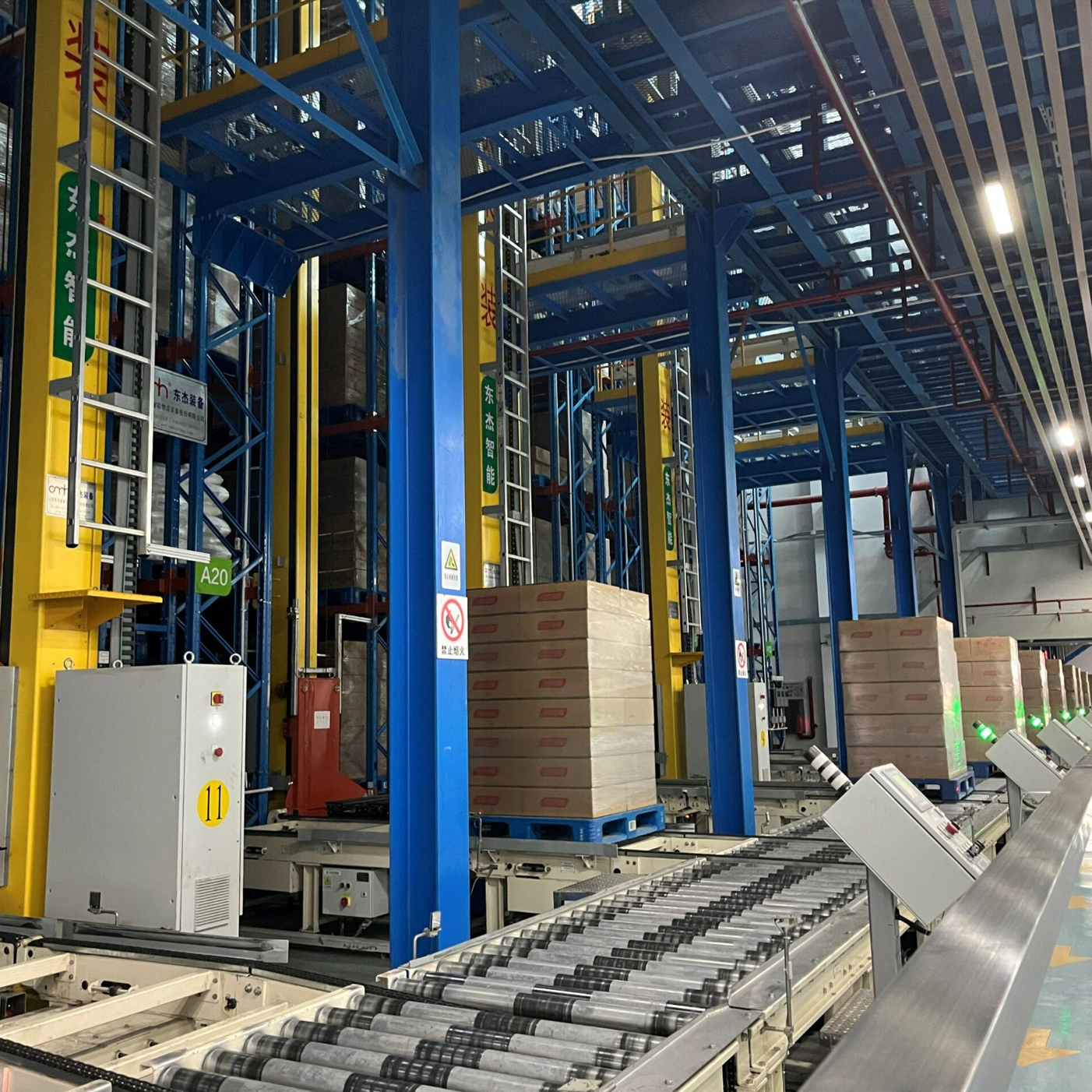
Table of Contents
1. Introduction
2. What is RFID Inventory Management?
3. Benefits of RFID Inventory Management Systems
4. Key Components of RFID Inventory Management Systems
5. How RFID Inventory Management Works
6. Industries That Benefit from RFID Inventory Management
7. Case Studies and Success Stories
8. How to Choose the Right RFID Inventory Management System
1. Introduction
• Brief introduction to RFID technology
RFID (Radio Frequency Identification) technology is an automatic identification technology that uses radio waves to read and store data on tags. These RFID labels can be attached to objects, such as products, devices, or items in inventory. With RFID systems, businesses can achieve highly accurate inventory tracking, real-time data reporting, and greater efficiency.

• Importance of inventory management systems
Inventory cost control: Effective inventory management can help businesses control inventory costs. Too much inventory can tie up capital, while too low inventory can lead to stockouts and lost sales. As a result, accurately tracking inventory levels is essential for financial health.
Customer satisfaction: Accurate inventory levels ensure that customers get the products they need in a timely manner. Customer satisfaction is directly related to the availability of inventory. If a customer doesn’t have access to a product when they need it, it can affect their trust and loyalty to the business.
Production and supply chain efficiency: Proper inventory management can optimize production planning and supply chain processes. By avoiding too much or too little inventory, businesses can reduce unnecessary downtime and wait times and improve overall efficiency.
Prevent theft and waste: Effective inventory management helps prevent theft and waste. By tracking inventory in real-time, businesses can better control the flow of materials and products, improving the safety and reliability of inventory.
• Overview of what the article will cover
RFID inventory management system is an advanced system based on radio frequency identification technology for tracking and managing the inventory of enterprises. By attaching RFID tags to objects, the system can achieve highly accurate inventory tracking, real-time data reporting, and greater efficiency. This article will delve into RFID technology principles, key components, beneficiary industries, challenges, case studies, future trends, and choosing the right system.
2. What is RFID Inventory Management?
• Explanation of RFID (Radio Frequency Identification)
RFID (Radio Frequency Identification) is a tracking technology that tracks the whereabouts of an item through a special tag attached to it to support the inventory management process. This technology plays a key role in modern warehouse management.An RFID tag is a small electronic device that can be attached to an object. It contains a unique identification code, similar to an item’s “identity card”.When an item passes through a channel equipped with an RFID reader, the reader scans and reads the information on the tag. This way, we can know the location, status, and other relevant information of the item in real time
• How RFID technology is used in inventory management
o Automatic data collection: The RFID system can automatically collect cargo information, such as data on arrival inspection, warehousing, warehousing, allocation, transfer and inventory counting. This helps to improve the speed and accuracy of data entry.
o Location management: Through RFID technology, we can manage each location accurately. The label records the location of the location, the type of storage and other information, which helps us to achieve scientific and effective warehouse location management.
o Real-time monitoring of inventory: RFID technology allows us to know the current inventory of products in real time. This helps to plan production or procurement, as well as improve inventory turnover, reducing inventory overstock and waste.
• Difference between RFID and traditional barcode systems
o Non-contact: RFID tags do not require direct line of sight and can read information without opening the package.
o Reuse: RFID tags can be reused, reducing costs.
o Fast scanning and big data capacity: RFID readers can quickly scan multiple tags and store large amounts of data.
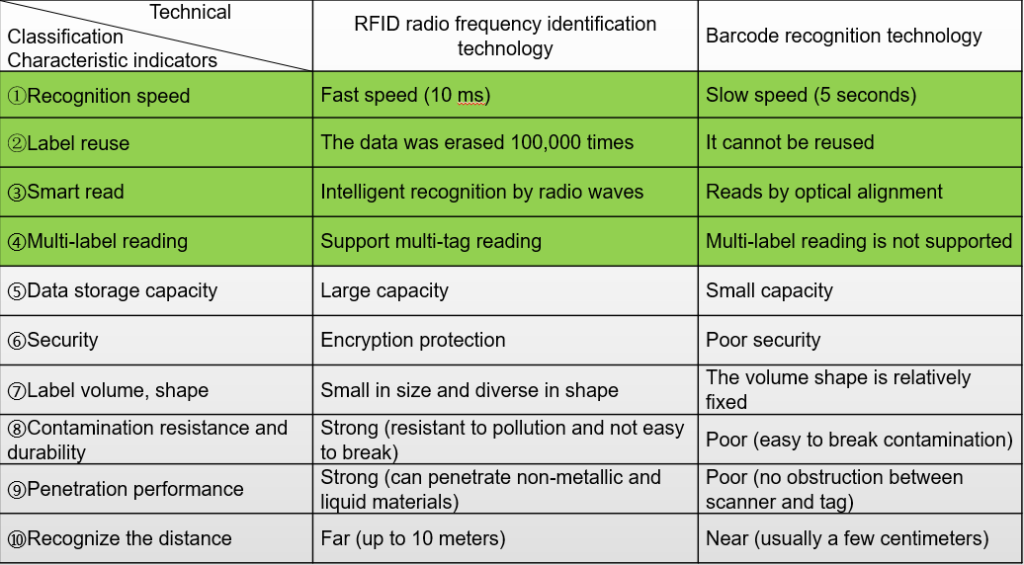
3. Benefits of RFID Inventory Management Systems
1. Accurate Inventory Tracking: RFID technology can enable highly accurate inventory tracking. Each item is attached with a unique RFID tag, and we can know the location and quantity of items in real-time, whether in a warehouse, retail store, or on the production line. This helps avoid inventory errors, stockouts, or surpluses.
2. Real-time data and reporting: The RFID system provides real-time inventory data and reports. We can keep track of the status, flow, and changes in our inventory. This is essential for purchasing planning, production scheduling, and inventory optimization.
3. Increased efficiency and reduced costs:
o Automated process: The RFID system automatically records the entry, exit, movement and storage of items, reducing manual intervention.
o Fast Scanning: The RFID reader can quickly scan multiple tags, improving the speed of data collection.
o Reduced manual errors: Human errors, such as manual counting or input errors, are reduced due to the automatic nature of the RFID system.
4. Enhanced security and loss prevention: RFID tags can be used to prevent theft and theft. For example, in retail, RFID can help reduce the theft of goods and improve the security of inventory.
5. Increased customer satisfaction: Accurate inventory levels ensure that customers can get the products they need in a timely manner. Whether shopping online or in-store, customers benefit from accurate inventory information.
In conclusion, RFID inventory management system not only improves the efficiency of inventory management, but also improves the customer experience and helps to reduce costs and reduce inventory risks.
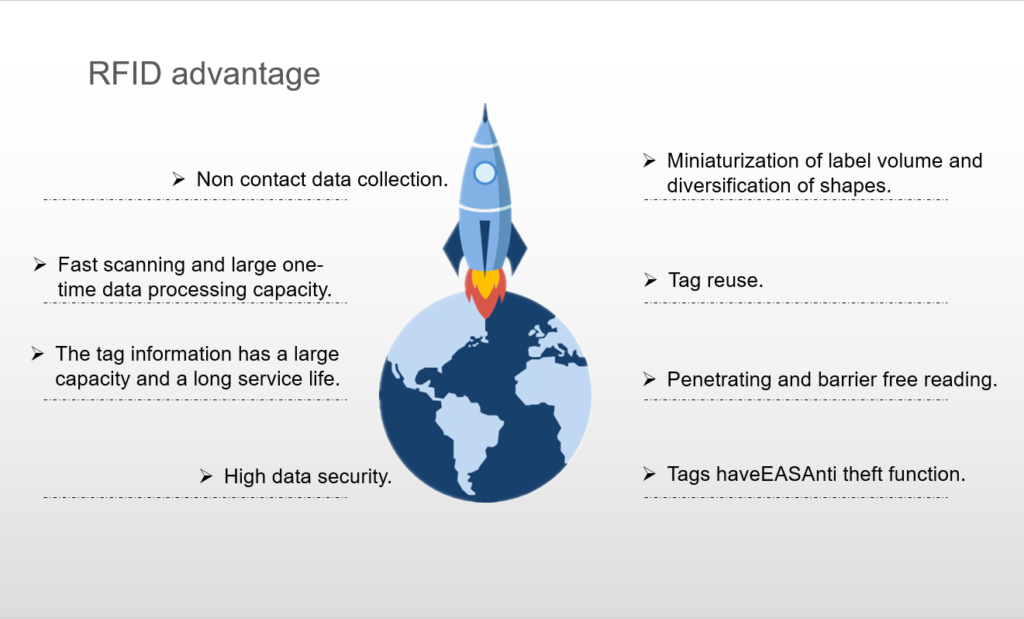
4. Key Components of RFID Inventory Management Systems
• RFID tags
o RFID tags (or RFID labels) are small devices attached to objects. It contains a chip and an antenna for storing and transmitting data.
o How it works: When the RFID tag is close to the RFID reader, the reader will send a radio signal to the tag, activating the chip. The chip reads the information stored on the tag and transmits it back to the card reader.


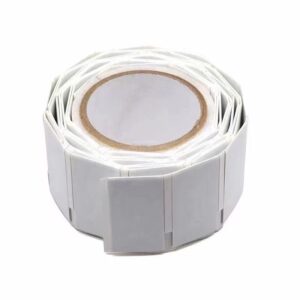
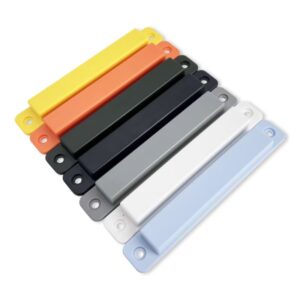
RFID PCB Tag
UHF RFID Card
Flexible RFID Anti Metal Tag
ABS RFID Pallet Tags
• RFID reader
o RFID reader (or RFID reader) is a device used to read data on RFID tags. It can be handheld, stationary, or integrated into other systems.
o Function: The card reader is responsible for communicating with the tag and obtaining the information on the tag. It can scan multiple tags for fast data acquisition.
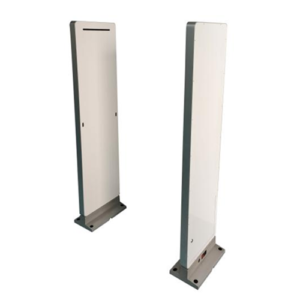
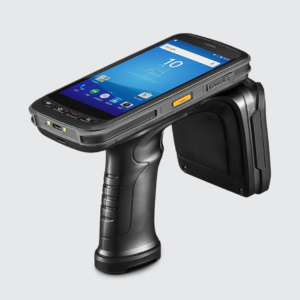
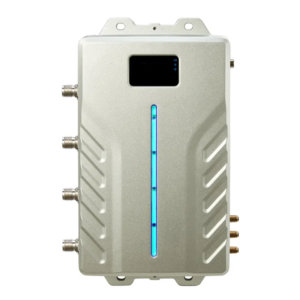
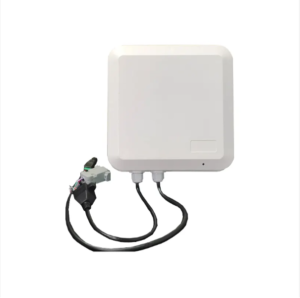
UHF RFID Gate
Handheld RFID Reader
Fixed RFID Reader
Integrated RFID Reader
• RFID antenna
o RFID antennas, essential components in RFID systems, act as crucial intermediaries between RFID tags and RFID readers.
o Designed with precision, RFID antennas are equipped with elements optimized for transmitting and receiving radio signals across specific frequencies. This capability ensures efficient and reliable data transfer between RFID tags and RFID readers, crucial for the seamless operation of RFID applications & RFID Systems.
• Inventory management software
o RFID inventory management software is an application for processing and managing RFID data. It can track the location, status, quantity, and other relevant information of tags.
o Functions: These software can help businesses achieve functions such as inventory tracking, location management, inventory counting, etc. They are often integrated with a business’s ERP system.
• Integration with existing systems
o RFID systems need to be integrated with other systems of the enterprise (such as ERP, WMS, etc.). This ensures that RFID data is synchronized with other business data for comprehensive inventory management.
5. How RFID Inventory Management Works
Mark the item:
o Attach RFID tags: First, attach RFID tags to items. These labels can be pasted, sewn, fastened, or embedded.
o Unique Identification Code: Each RFID tag contains a unique identification code, similar to the “ID card” of the item. This identification code can be a number, a letter, or a QR code.
Data Capture and Transmission:
o RFID reader: When an item passes through a channel equipped with an RFID reader, the reader sends a radio signal that activates the chip on the RFID tag.
o Read information: The chip reads the information stored on the tag, such as the type of item, date of manufacture, batch number, etc. This data can be in text, number, or other formats.
Data Processing and Inventory Updates:
o Inventory management software: The data from the RFID system is transmitted to the inventory management software. These software can track the location, status, and quantity of items.
o Inventory record updates: When items move in and out of the warehouse, are sold, or moved, inventory management software updates inventory records accordingly. This helps to understand changes in inventory in real-time.
6. Industries That Benefit from RFID Inventory Management
• Manufacturing
o Raw materials, semi-finished products and finished products in the manufacturing industry can all be tracked and managed using RFID technology. This helps optimize production planning, reduce inventory overstocking, and increase productivity.
• Retail
o Retailers can track the inventory of goods using RFID tags. Not only does this improve the accuracy of inventory management, but it also helps prevent theft and increase efficiency.
• Logistics and warehousing industry
o The warehouse and logistics industry is the main application area of RFID technology. Through RFID tags, logistics companies can track the location, status and quantity of goods in real time, improving transportation efficiency.
• Healthcare
o In hospitals and pharmacies, RFID technology can be used to track medicines, equipment, and patient information. This helps to improve the efficiency of the management of medical devices and the safety of patients.
7. Case Studies and Success Stories
1. Walmart:
o Walmart, one of the world’s largest retail companies, required its top 100 suppliers to adopt RFID technology as early as 2005.
o By attaching RFID tags to each item, Walmart realizes automatic management and real-time monitoring of inventory.
o The introduction of RFID tags has reduced the manual process of verifying goods on shelves from hours to just 30 minutes.
o Walmart’s supply chain system realizes automatic ordering, sorting and screening through RFID technology, reducing labor costs and improving cash flow.
2. METRO:
o METRO is the largest retail and wholesale supermarket group in Germany, the second largest in Europe and the third largest in the world.
o In 2002, METRO unveiled the “Store of the Future” program, announcing the adoption of RFID technology throughout the supply chain.
o METRO has deployed a number of RFID applications in the distribution center to achieve a comprehensive tracking system for pallets.
o The use of RFID systems for pallet identification, shipment confirmation, and warehousing processing has resulted in an average reduction of 15 to 20 minutes per truck in inspection and unloading tasks, as well as a significant improvement in inventory accuracy2.
3. Other Industry Applications:
o Manufacturing: RFID technology is used for the tracking and management of raw materials, semi-finished products and finished products, optimizing production planning and supply chain processes.
o Retail: In addition to Walmart and Metro, other retailers are also widely using RFID technology to improve inventory management efficiency and reduce costs.
o Logistics & Warehousing: RFID technology is used to automate inventory tracking, location management, and inventory counting.
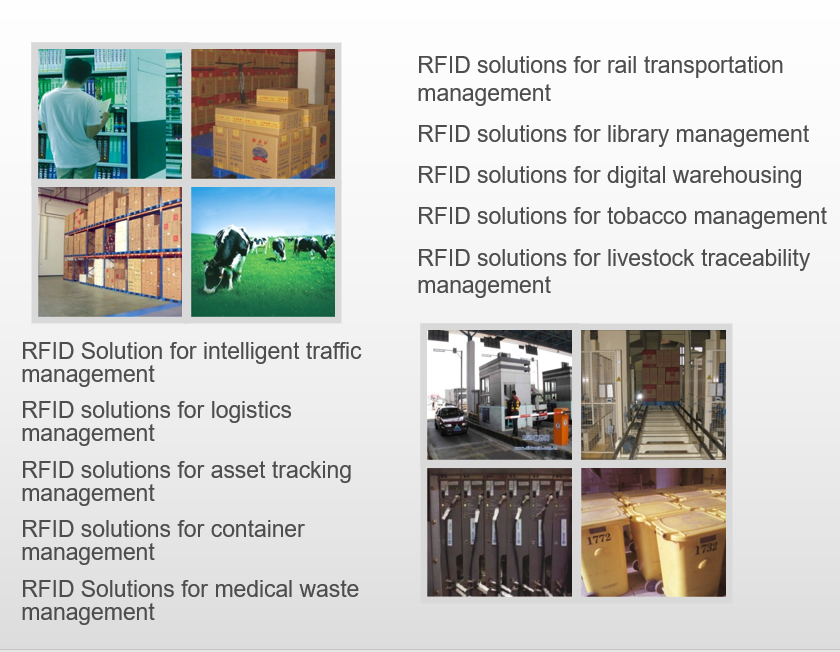
8. How to Choose the Right RFID Inventory Management System
1. Define your needs:
o Before choosing an RFID inventory management system, you must first clarify your own needs. Consider the following questions:
What is the size of your warehouse?
What types of items do you need to manage (finished products, raw materials, semi-finished products, etc.)?
What functions do you want the system to support (inbound, outbound, counting, sorting, etc.)?
2. Business Orientation:
o When choosing an RFID system, it is necessary to be business-process-oriented. Different industries and enterprises have different business processes and needs, so it is necessary to choose the right solution according to their own business characteristics.
3. Meet today’s needs and support tomorrow’s growth:
o Consider the scalability of the system. Choose a system that meets your current needs and supports your business in the future. Don’t just look for low costs, think about the long-term value of your investment.
4. Choose the right solution provider:
o There are many RFID solution providers in the market, but the capabilities of integrated solutions are not necessarily mature.
o Choose a supplier with experience and wisdom to ensure the stability of the system’s architecture, hardware equipment and software functions.
If you have any question for RFID Inventory Management System or need any support for it, Please feel free to contact us by info@airpluxtec.com , we’ll be happy to help you for related RFID solutions and systems.

